
Instructions
For occupational use, all respirators should be properly fit tested prior to use, per 29 CFR 1910.134, Appendix A.
Frequently Asked Questions

Seating The Gasket
When assembling the EasyFlow Mask, one of the most important steps is seating the silicone face gasket onto the inner frame. On the front of the frame, the rubber overlaps the plastic by 6-8 millimeters. This is the portion that seals around the filter and should sit flush. In order to properly seat the gasket, carefully ensure all of the rubber tabs are pressed trough the frame. Start by lining up the two vertical tabs and making sure they are properly pressed through the plastic slits. This will allow the rest of the gasket to properly align and ‘clip’ together.
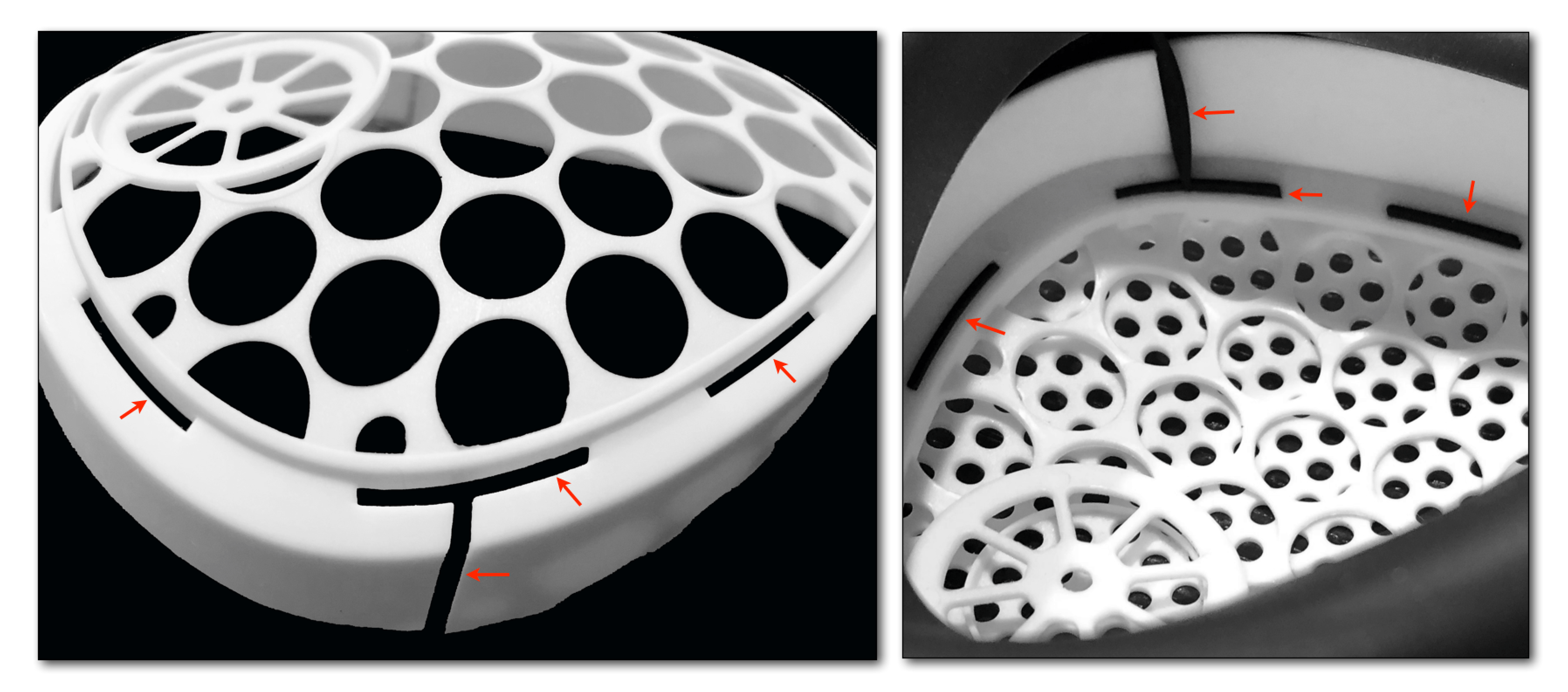
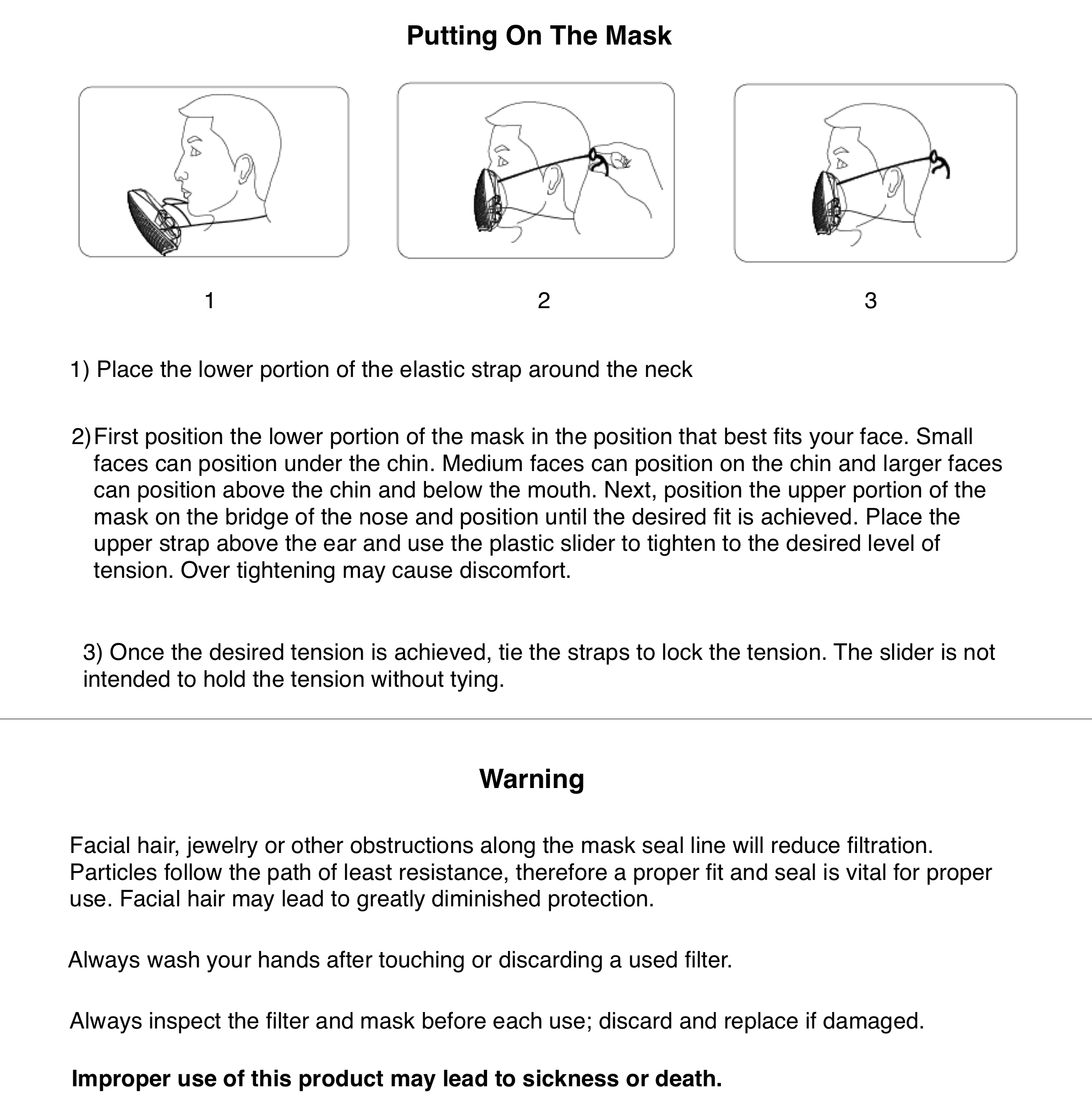
Mask Placement
The EasyFlow Mask® is designed with flexibility in mind. The upper and lower portions were designed to be moved up and down several inches to fit many facial types. The slider included with the strap is not intended to hold tension, rather it is there to help find the best fit. Once you have found your desired level of tension, pinch the straps at the slider, remove the upper strap and tie to lock in place.
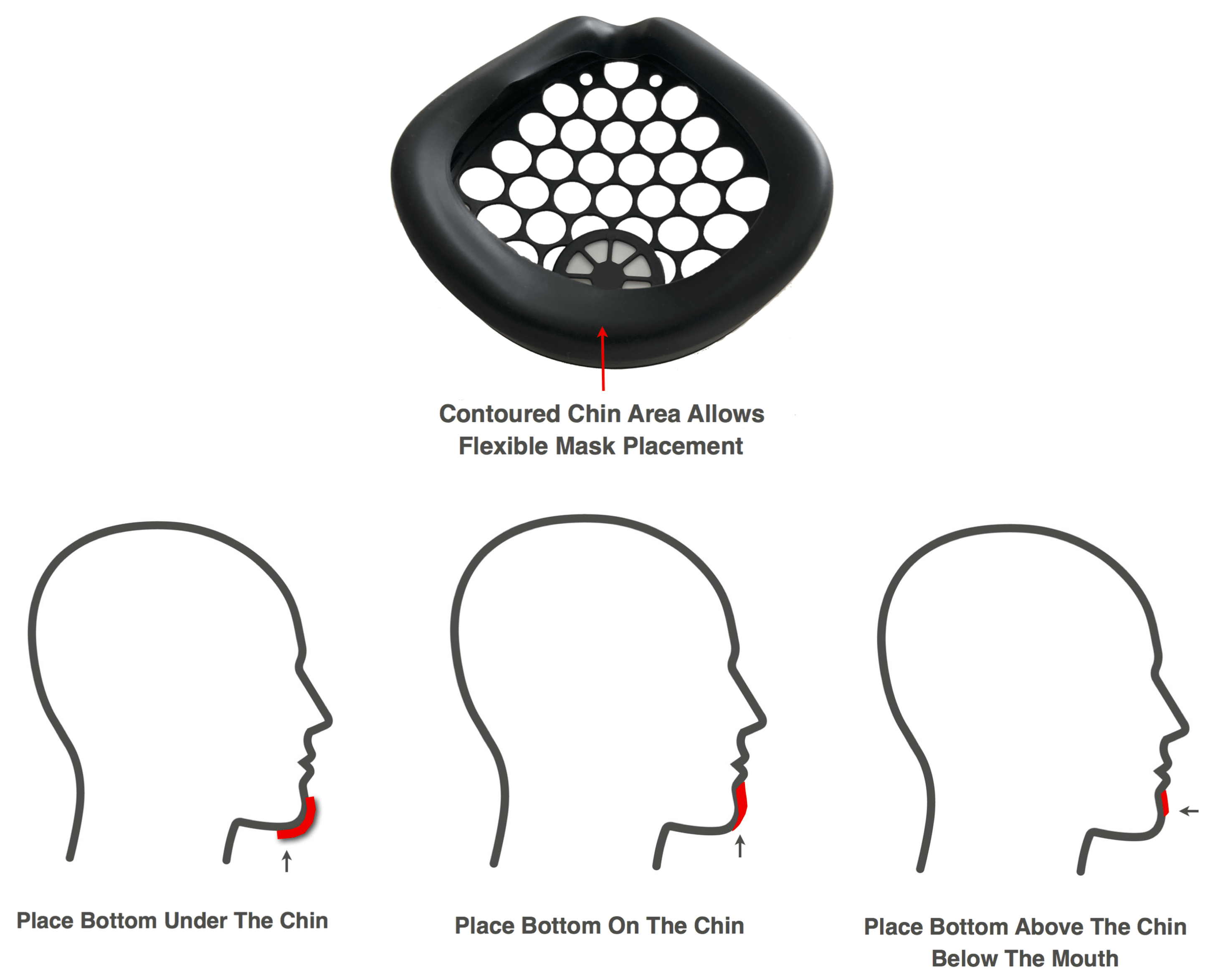
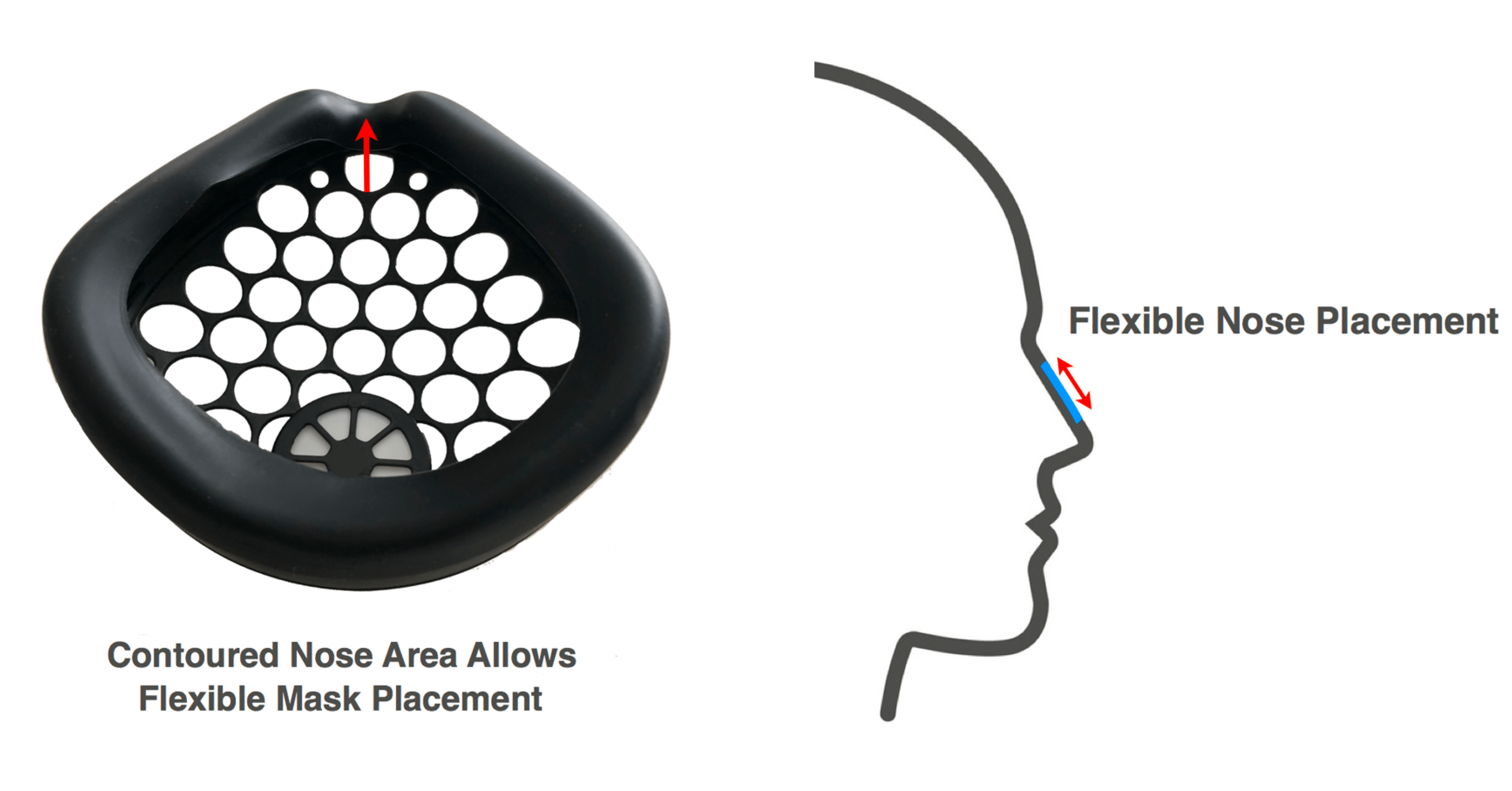
Filter Change Intervals
The clinical and industrial grade filters included with your NXTGEN EasyFlow Mask® are reusable. The general use guidelines are to change the filters as follows:
- After 8 hours of continuous wearing
- When soiled or damaged
- If additional breathing resistance is noticed
- After 40 hours or 30 days of intermittent use
Use in areas with a lot of particulates, such as around wildfires, industrial areas, or very dusty environments may also require quicker filter change intervals.
When in doubt, change your filter to maintain maximum filtration efficiency and never use your mask with a damaged filter. Safety first is always the best practice.
Additional Filter Information
The electrostatic filter media included with every EasyFlow Mask® is either a medical grade product made for biocompatibility, or industrial grade for filtration of sub-micron aerosols and particles.
DO NOT use for protection from gases and vapors, oil aerosols, asbestos, or sandblasting; particulate concentrations that exceed either 5 times the occupational exposure limit or applicable government regulations.
This mask does not supply oxygen. DO NOT use in atmospheres containing less than 19.5% oxygen.
The NXTGEN EasyFlow Mask® is a reusable particulate mask and different environments affect the useful life span of the filter media at different rates. As such, inspect the mask before each use to ensure it is ready for effective use.
Mask Cleaning
One of the many great features of the EasyFlow Mask® is the ability to quickly clean as often as needed.
The F0230 mask may be cleaned by:
- Alcohol
- UV Sterilization
- Disinfecting Wipes
- Warm Soapy Water
- Hydrogen Peroxide
- Steam
NEVER clean the filters or expose the filter media to UV light. This will damage the filter media and harm the electrostatic charge. Be sure to sanitize based on the instructions provided on the cleaning product label. ALWAYS allow any disinfecting solution to fully dry and evaporate before putting the mask on. Wash away any residue if required. UV sterilization should be done at the lowest dose for effective cleaning. Prolonged exposure can degrade the mask components over time.
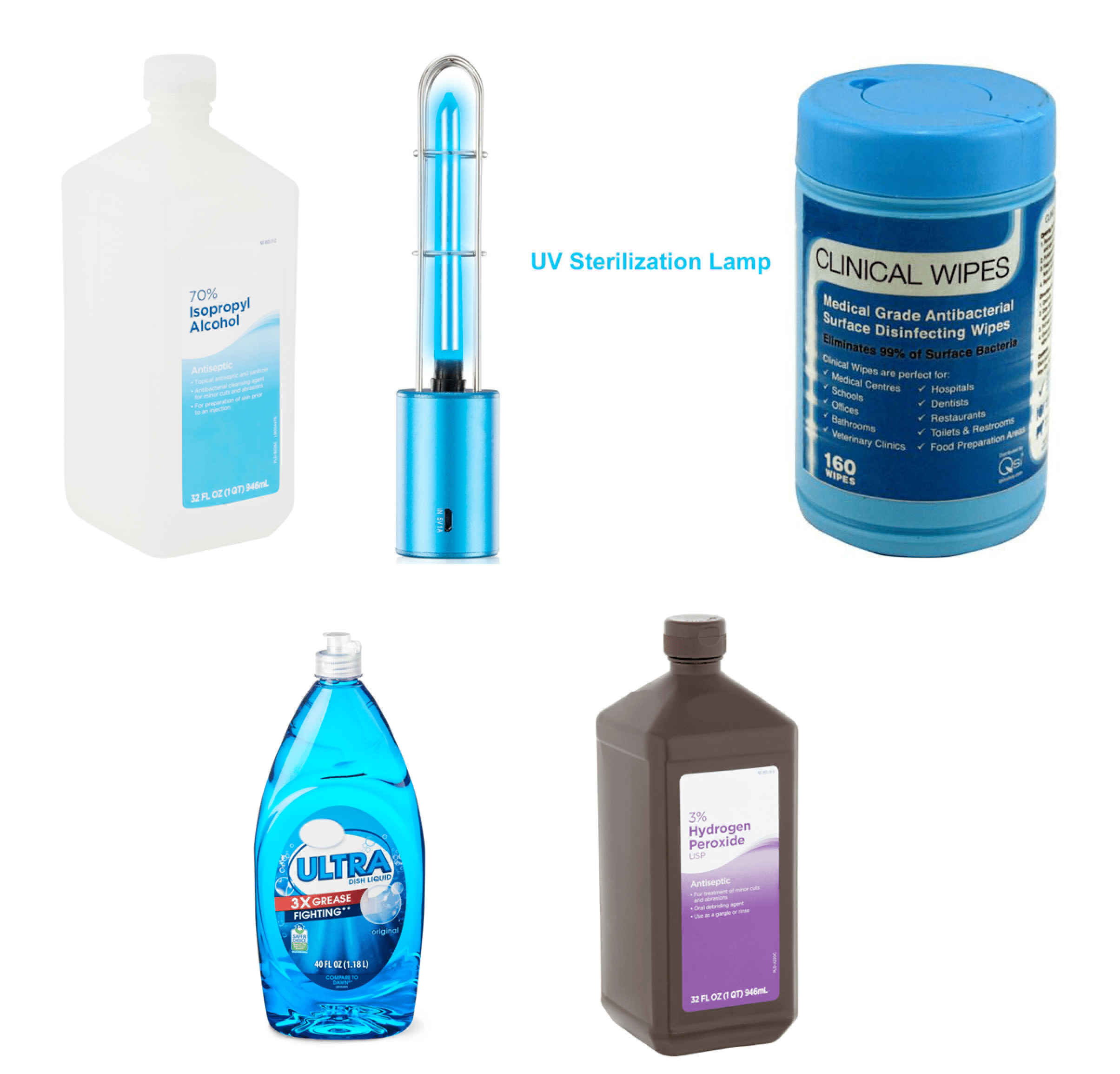

Optional Valve Information
The EasyFlow mask® uses electrostatic filter media to achieve its notable breathability, while still providing excellent filtration. We have integrated a unique, optional moisture vent system to allow for additional moisture control in warm outdoor conditions or during intense physical activity. This moisture vent does not allow as much unfiltered exhalation as typical exhalation valves; however, it is recommended that you filter the valve when this vent is not needed during the COVID-19 pandemic.

Filtering The Valve
A piece of filter about the size of the silicone disc can be cut and layered with the main filter to seal the valve. When assembling the mask, place this cut piece first on the outer frame, then place the main filter over it and ensure the entire hole of the main filter is covered. The plastic ring on the outer frame is just slightly smaller than the filter hole, and will punch the extra piece into the filter hole like a snap and seal it off. We also have mask sets and replacement filters available without the moisture outlet hole for those who prefer.

Adjustments For Nose Rubbing
The shallow nature of our F0230 mask is required for many clinicians to preserve downward visibility, layer other PPE and allow the use of medical optics, cameras, loops, lights, etc. Our unique design was created to combine the low-profile fitment of a surgical mask with the tighter fitting, sub-micron filtration of a respirator.
Users with larger noses who experience some rubbing on the inner frame may trim away some of the circular inner frame portions for a more customized fit. Doing so will free a bit more space and allow the nose to touch the felt, instead of the plastic, for a more traditional mask feel. The perimeter of the inner frame and gasket should not be adjusted, so a proper seal is still achieved.
All modifications are done at the users own risk.
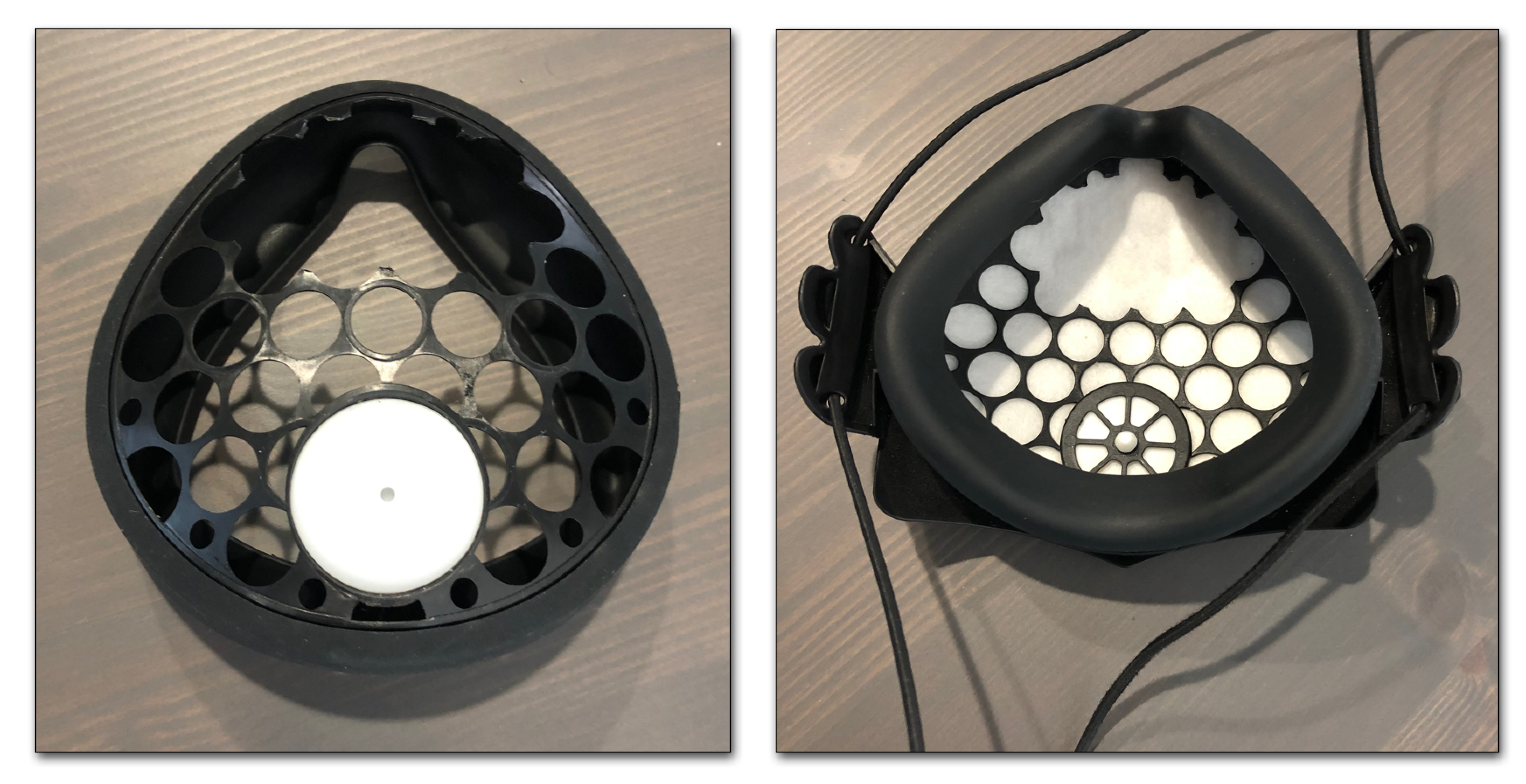
CDC Facial Hair Guidelines For Wearing Masks & Respirators
Any mask or respirator being worn around hazardous particulates should be selected, fitted, used and maintained in accordance with OSHA and any other applicable regulations.
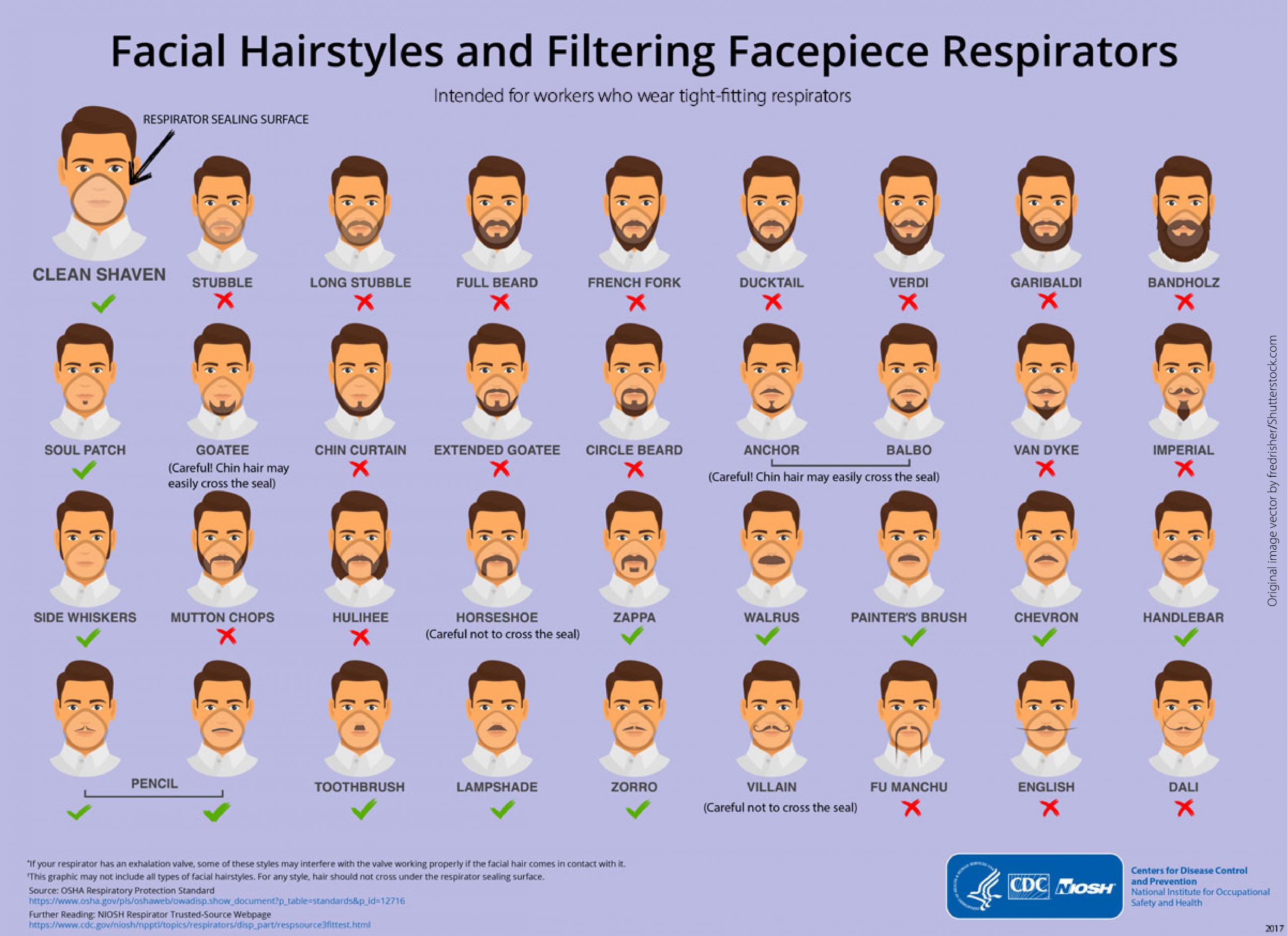
Disclaimer: As a new product, the NXTGEN EasyFlow Mask® has not been formally NIOSH or FDA listed yet. This is a lengthy process that often takes a few years to complete. All of our products have been throughly tested and pre-certified by independent, accredited labs. Our medical grade filters meet FDA GMP standards and have completed all ASTM testing for clinical use as listed in the specifications. Our industrial filter media meets and exceeds N95 standards based on NIOSH NaCl testing, per 42 CFR 84. While we cannot yet legally market our clinical grade filters as FDA approved and our industrial grade filters as N95 until this process is complete. Our products meet and exceed all FDA, NIOSH and EN standards for use as listed in each filter specification. With proper seal, all NXTGEN masks will pass a qualitative fit test. All of our filter media is made in the USA and processed in an ISO 9001:2015 facility that exclusively specializes in the processing of medical and industrial filter media. Please contact us with any questions or for testing information.
